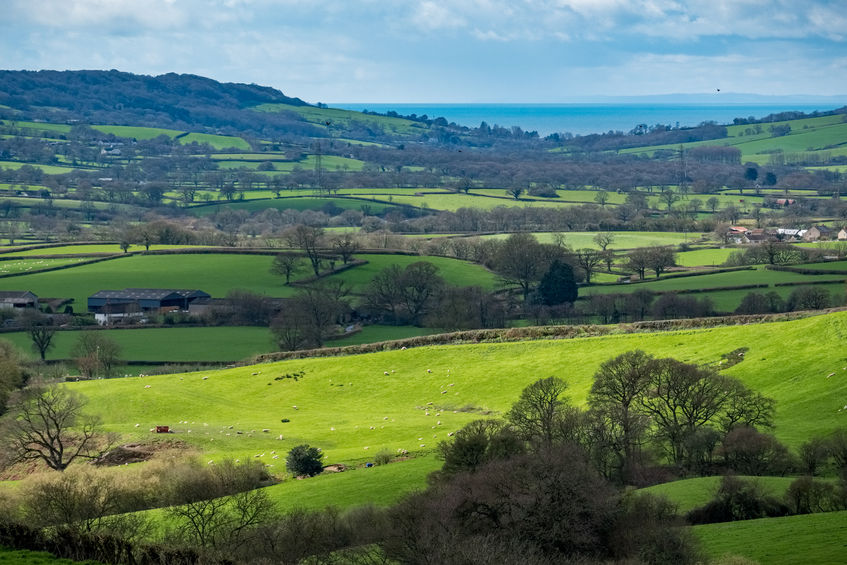
Borrow Bread, Dear Bought and Purgatory are just some of the dark names given to fields across history by angry farmers frustrated with poor crops.
British field name meanings have been unearthed in a newly-published dictionary which delves into the past of landscapes and finds that fauna and flora are used in many unexpected ways.
For example, there are hundreds of fields named after the holly (Holly, Hollin, Holling), which was used for cattle fodder in hard times.
Other facts unearthed include the history of monastic communities, which can be found in names like College Field, Frying Croft (belonging to friars), Temple Field (the Knights Templar), Mincings Ley (belonging to nuns), and Monks Acre.
The names of fields like Firmity (wheat), Gaudy Close (weld, a dye-plant), and Tare Field/Vetch Field (vetches, a fodder crop), give clues to what was grown there.
The two birds most frequently named in fields are the peewit (lapwing, peewit, pyewipe, tewit; horniwink in Cornwall) and the magpie (chatterpie, madge, mag/meg, magot, magpie, pye).
And even the most ordinary piece of land could become poetic by use of a name like Ding Dong (land for a bellringer), New World Farm (possibly a distant field) or Palace (fenced land).
The book, ‘A New Dictionary of English Field Names’, by Dr Paul Cavil from the University of Nottingham, highlights that field names are a rich source for the history of British farming.
Dr Cavil said: “This book shows in minute detail some of the uses, benefits and perils of the land. It reveals not only what made the land distinctive, in shape, size, crops, resources, animal or bird inhabitants; it also illuminates the power of the imagination used by farmers throughout the ages to personalise their land.”
The dictionary builds on research carried out last century by the aptly named John Field. John Field was the leading expert on English field-names, whose pioneering work was published in his Dictionary of English Field-Names (1972) and A History of English Field-Names (1993).
